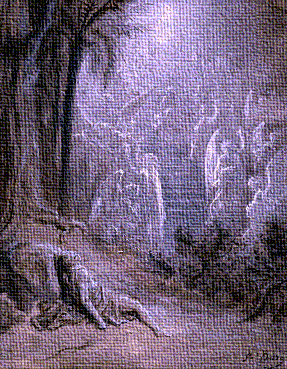
A radiocarbon analysis has dated the parchment of one of the detached leaves sold at auction, and hence its lower text, to between 578 CE and 669 CE with a 95% accuracy. A partial reconstruction of the lower text was published in 2012 and a reconstruction of the legible portions of both lower and upper texts of the 38 folios in the Sana'a House of Manuscripts was published in 2017 utilising post-processed digital images of the lower text. Answer (1 of 3): To me, the Sana’a manuscript is a confirmation that the Quran had existed since the time of Prophet Muhammad, as carbon dating on the Sana’a manuscript has shown. The upper text largely conforms to the standard 'Uthmanic' Quran in text and in the standard order of chapters whereas the lower text contains many variations from the standard text, and the sequence of its chapters corresponds to no known Quranic order. Radiocarbon dating shows the Sana’a manuscript was almost certainly prepared between 578CE and 668CE: the era of Muhammad bin Abdullah, the Prophet of Islam. Part of a sizable cache of Quranic and non-Quranic fragments discovered in Yemen during a 1972 restoration of the Great Mosque of Sanaa, the manuscript was identified as a palimpsest Quran in 1981 as it is written on parchment and comprises two layers of text. Based on her own decade-long study of the Sana‘a Palimpsest, she presents a new hypothesis regarding the context of transmission for the texts in both layers of the manuscript.Īt the roundtable Approaching Religious Texts in Early Islam the participating scholars critically acclaimed Dr Hilali's work on the Sana'a Palimpsest, and shared views on how early Qur'anic manuscripts, such as the Sana'a Palimpsest, help to further the academic research on the early periods of Islam.The Sanaa palimpsest or Sanaa Quran is one of the oldest Quranic manuscripts in existence. Even during the time of the prophet there were plenty Hufaaz including the prophet himself. There are a few vowel differences and spelling differences but for the most part this debunking is a joke. The author, Dr Asma Hilali, provides a comprehensive introduction to the Sana‘a Palimpsest, with systematic reference to previous studies and partial editions of the same manuscript. In support of Islam, the sana manuscript is near identical the Surahs we have today. In 2017, IIS published The Sana‘a Palimpsest: The Transmission of the Qur’an in the first centuries AH presenting a new annotated edition of the two layers of the Sana‘a Palimpsest (Manuscript 0127-1 from Dar al-Makhtutat, Sana‘a). The two layers were photographically separated by a French–Italian scientific mission in 2007 enabling a study showing that both the Qur’anic texts are fragmentary and present aspects of work in progress, with incomplete decorative elements in the upper text and in the lower text an early reading instruction being rendered visible. The lower text dates back to the 7th century CE, and was subsequently erased for a second text of the Qur’an to be written on it around the 8th century CE. The manuscript has 38 leaves on which two superimposed Qur’anic texts are written.

The manuscript was discovered in Yemen, during the 1972 restoration of the Great Mosque of Sana'a.

This short video introduces one of the oldest manuscripts of the Qur’an, the Sana‘a Palimpsest, dating back to the 1st-2nd century AH / 7th century CE.


 0 kommentar(er)
0 kommentar(er)
